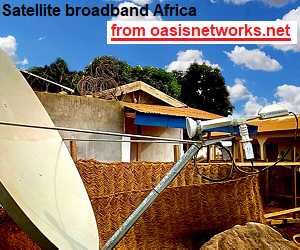When a satellite operator sells a fraction of a transponder you are actually buying a combination of bandwidth (MHz), downlink eirp (power dBW) and an operating uplink power flux density (dBW/m^2). You must get to know all three of these.
The parameters come in proportion to one another and you should try to use up power and bandwidth simultaneously for maximum efficiency.
Regarding the information bit rate that you can get out of a particular bandwidth, this depends on the modulation method you use, which depends on the carrier to noise ratio that you can achieve, which in turn depends on your dish size.
Examples:
Using small dish and old modems you operate BPSK 1/2 rate Viterbi FEC and need 2.856 MHz of capacity to transmit 1 Mbit/s information rate.
Using medium size dish and new Turbocode modems you operate QPSK 7/8 Turbocode FEC and need 0.813 MHz of capacity to transmit 1 Mbit/s information rate.
Using large size dish and latest higher order modulation modems, and PLL LNB and backed off BUC you operate 8-QAM 7/8 Turbocode and need 0.543 MHz to transmit 1 Mbit/s capacity.
Using extra large size dish and latest higher order modulation modems, and PLL LNB and backed off BUC you operate 16-QAM 7/8 Turbocode and need 0.408 MHz to transmit 1 Mbit/s capacity.
Note that as you save money by leasing less bandwidth you simultaneouly get less downlink power (eirp) from the satellite. You also need a larger dish to achieve the very high carrier to noise ratios required for the successful operation of the higher order modulation methods.
I am sorry that the answer to your question seems to be like how long is a length of string but really you may need anything from 0.408 to 2.856 MHz to transmit 1 Mbit/s of information - with dramatic effect on monthly cost and inversely an effect on your initial capital costs in terms of dish size, modem and HPA technology. If you want to try 16-QAM pay attention to phase noise throughout the system - power supplies, up and down converters, linear BUC/HPAs and LNBs etc. Don't expect it to work. If your dish is not big enough it may not work. If it only just works, expect to have to back down to 8-PSK/QAM or even QPSK during heavy rain, with reduced information rate throughput - like DVB-S2 outlinks.
1 MHz = 1,000,000 Hz.
The exact bandwidths needed for carriers depends on the spectral shape of the transmit signal. Seek advice from the manufacturer of your modulator. The carrier shapes vary and may well me more than I have given in the examples above.
Useful links:
Power Flux density EIRP DVB-S carrier spectrum Symbol rateIf you want to study the shape of a particular carrier look here
on line satellite spectrum analyser.
Best regards, Eric.


